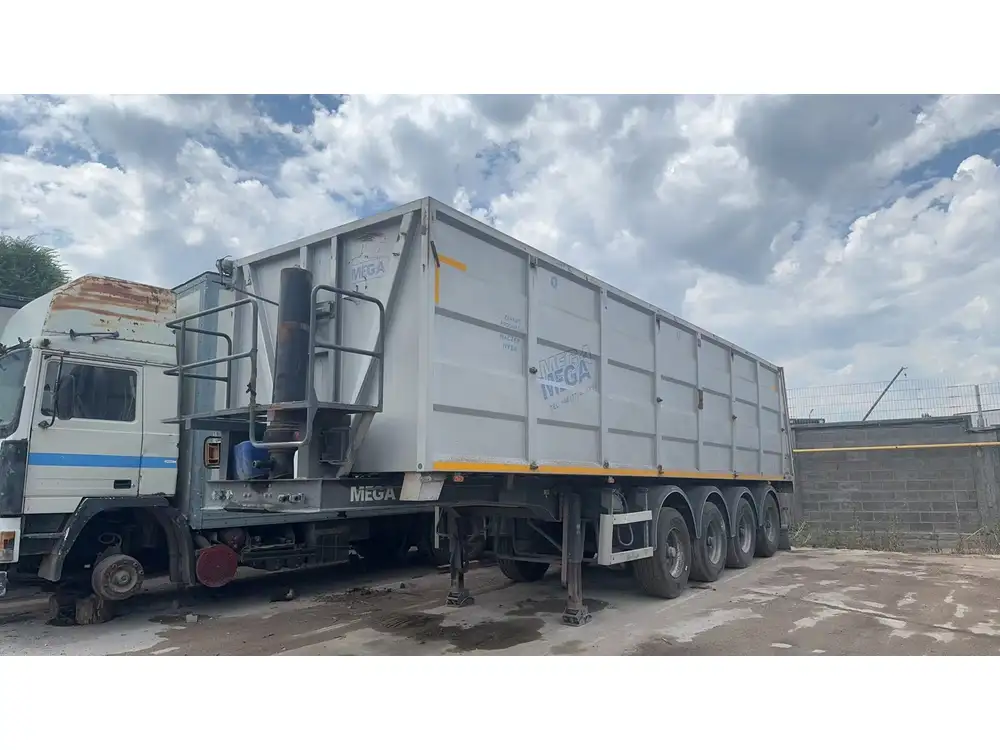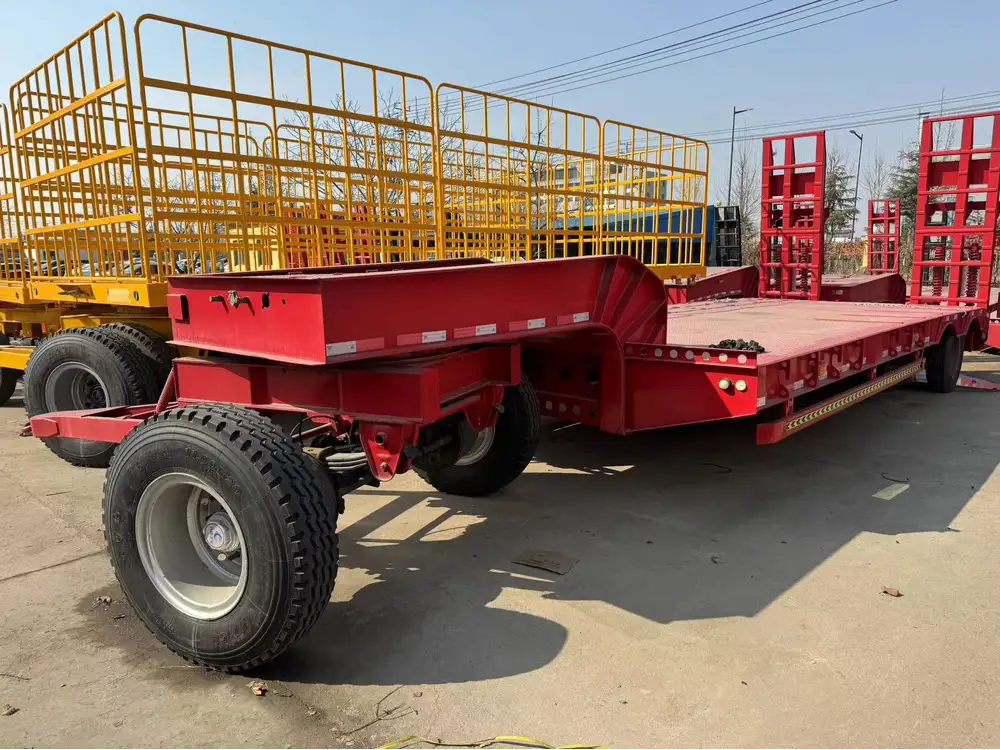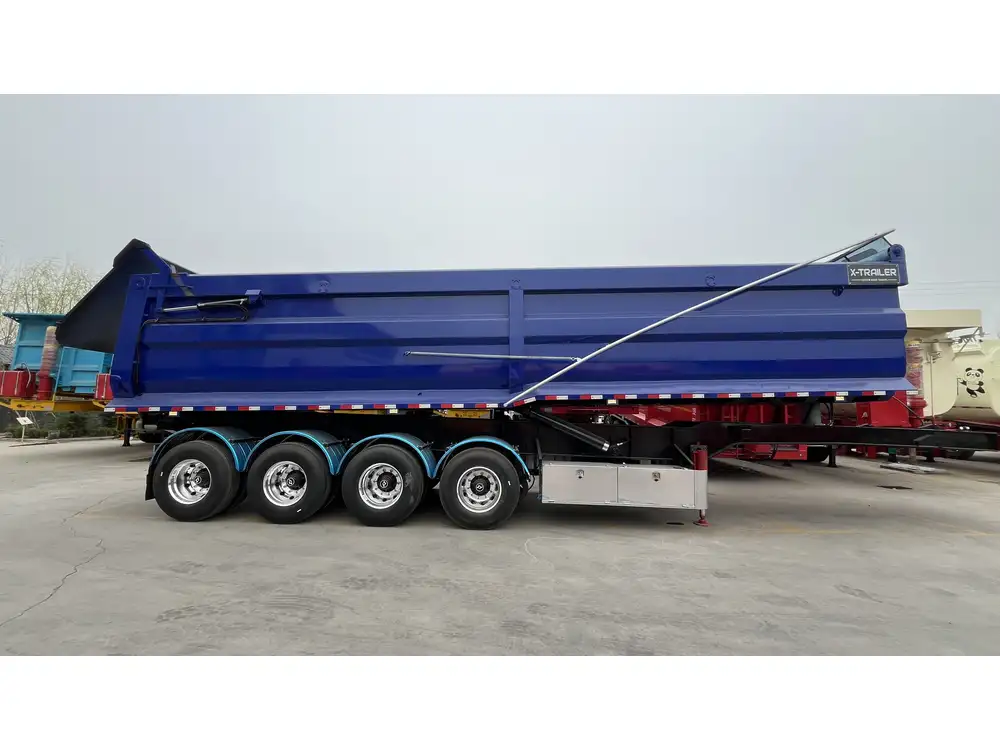Building a dump lawn and garden trailer can be a rewarding project, especially for gardeners and landscapers needing a reliable transport solution for debris, soil, mulch, and other materials. This guide will take you through the intricacies of constructing your own trailer tailored to your specific needs, ensuring you can efficiently tackle any landscaping task.
Understanding the Purpose of a Dump Lawn and Garden Trailer
Before embarking on the construction process, it’s crucial to grasp the functionality and advantages of a dump lawn and garden trailer:
| Feature | Benefit |
|---|---|
| Dump Mechanism | Allows for easy unloading of materials |
| Customizable Size | Tailored to specific needs (e.g., larger loads) |
| Versatility | Transport a variety of materials (mulch, debris) |
| Enhanced Maneuverability | Better handling on different terrains |
Materials Needed for Your Trailer
Selecting the right materials is essential for durability and functionality. Below is a detailed list of materials you will need:

Essential Components
| Component | Description |
|---|---|
| Frame Materials | Steel or aluminum beams to create a sturdy frame |
| Trailer Bed | Plywood or metal sheets for the base |
| Axles | Heavy-duty axles to support the weight |
| Wheels | Pneumatic or solid tires, depending on usage |
| Dump Mechanism | Hydraulic system or manual lift |
| Safety Features | Ramps, reflectors, and a secure hitch |
Hand Tools and Equipment
| Tool | Purpose |
|---|---|
| Wrenches and Sockets | Assemble various components |
| Welding Machine | Join metal pieces securely |
| Drill | Make holes for bolts and attachments |
| Paint | Protect against rust and improve aesthetics |
Step-by-Step Construction Process
Constructing your trailer can seem daunting, but breaking it down into manageable steps simplifies the process.

Step 1: Design Your Trailer
Begin with a detailed design, taking into consideration the size and capacity you need.
- Determine Dimensions: Common sizes for lawn trailers range from 4×8 to 6×10 feet.
- Sketch Your Plan: Create a diagram specifying component placements, including the frame, axles, and wheels.
Step 2: Build the Frame
The frame is the skeleton of your trailer; thus, it must be robust.
- Cut the Frame Materials: Using your design, cut steel or aluminum beams to length.
- Assemble the Frame: Use welding or bolting to secure the beams together into a rectangular structure.
- Add Cross Members: Install additional frame supports for enhanced stability.
Step 3: Install the Axles and Wheels
Wheels and axles support the entire trailer’s weight and allow for movement.
- Attach the Axles: Ensure the axles are placed evenly from the front to the back of the frame.
- Secure the Wheels: Mount the wheels to the axles, ensuring they rotate freely.

Step 4: Construct the Trailer Bed
The bed of the trailer is where materials will be loaded.
- Cut Your Bed Material: Depending on your design, cut either plywood or metal sheets.
- Secure the Bed: Attach the bed to the frame using bolts or welding, ensuring it can hold your expected load.
Step 5: Install the Dump Mechanism
This mechanism is crucial for efficiently unloading materials.
- Choose a System: Decide between hydraulic or manual lift. Hydraulic lifts are easier but often require more complex systems.
- Install the Mechanism: Follow manufacturer instructions for hydraulic systems or create a lever system for manual lifts.
Step 6: Safety Features and Finishing Touches
Ensure your trailer is safe and functional.
- Add Ramps: If you need to load heavy materials easily, consider installing ramps.
- Apply Reflectors: Place reflectors in strategic locations for visibility, especially for nighttime use.
- Paint and Seal: Protect metals from corrosion with a good quality paint and sealant.

Step 7: Inspect Your Trailer
Thoroughly check your trailer for any loose parts or safety hazards before taking it on the road.
- Test the Dump Mechanism: Ensure it functions smoothly and can handle the expected load.
- Check Wheel Alignment: Confirm wheels are aligned for safe transport.
Maintenance Tips for Longevity
Once your trailer is built, maintaining its condition is vital for safety and performance. Here are some routine maintenance tips:
| Task | Frequency | Purpose |
|---|---|---|
| Inspect Tires | Monthly | Ensure adequate pressure and tread quality |
| Check Axles and Bearings | Quarterly | Prevent wear and tear, check for lubrication |
| Clean the Trailer Bed | After each use | Remove debris, promote long-term durability |
| Reconnect and Lubricate | Bi-annually | Keep moving parts functional and rust-free |
Troubleshooting Common Issues
Even with the best construction, issues may arise with your trailer. Here are some common problems and solutions:
| Issue | Symptoms | Solution |
|---|---|---|
| Tires Losing Pressure | Flat tires or uneven wear | Check for punctures; refill air or replace tire |
| Dump Mechanism Malfunctions | Won’t lift, hydraulic leaks | Inspect seals and connections, refill fluids |
| Frame Damage | Cracks or bends observed | Weld or replace the affected sections |

Conclusion: The Benefits of Building Your Own Dump Lawn and Garden Trailer
Constructing your own dump lawn and garden trailer is a fulfilling project that can significantly boost your landscaping efficiency. With a custom-built design, you can tailor the size and functionality to suit specific tasks, making your gardening or landscaping work easier and more efficient. By following the comprehensive guide above, not only will you save money compared to purchasing a pre-made trailer, but you’ll also gain invaluable skills and the satisfaction that comes with creating a useful tool.
Whether you are hauling mulch, dirt, plants, or yard clippings, a proper dump trailer is an investment that pays off in terms of time saved and labor reduced. The combination of thoughtful design choices, proper material selection, meticulous construction, and routine maintenance will ensure that your trailer remains a steadfast companion on all your garden and landscaping adventures.
As you embark on this project, remember to adapt the steps to fit your particular needs and local regulations, ensuring a successful build that serves you for years to come.



